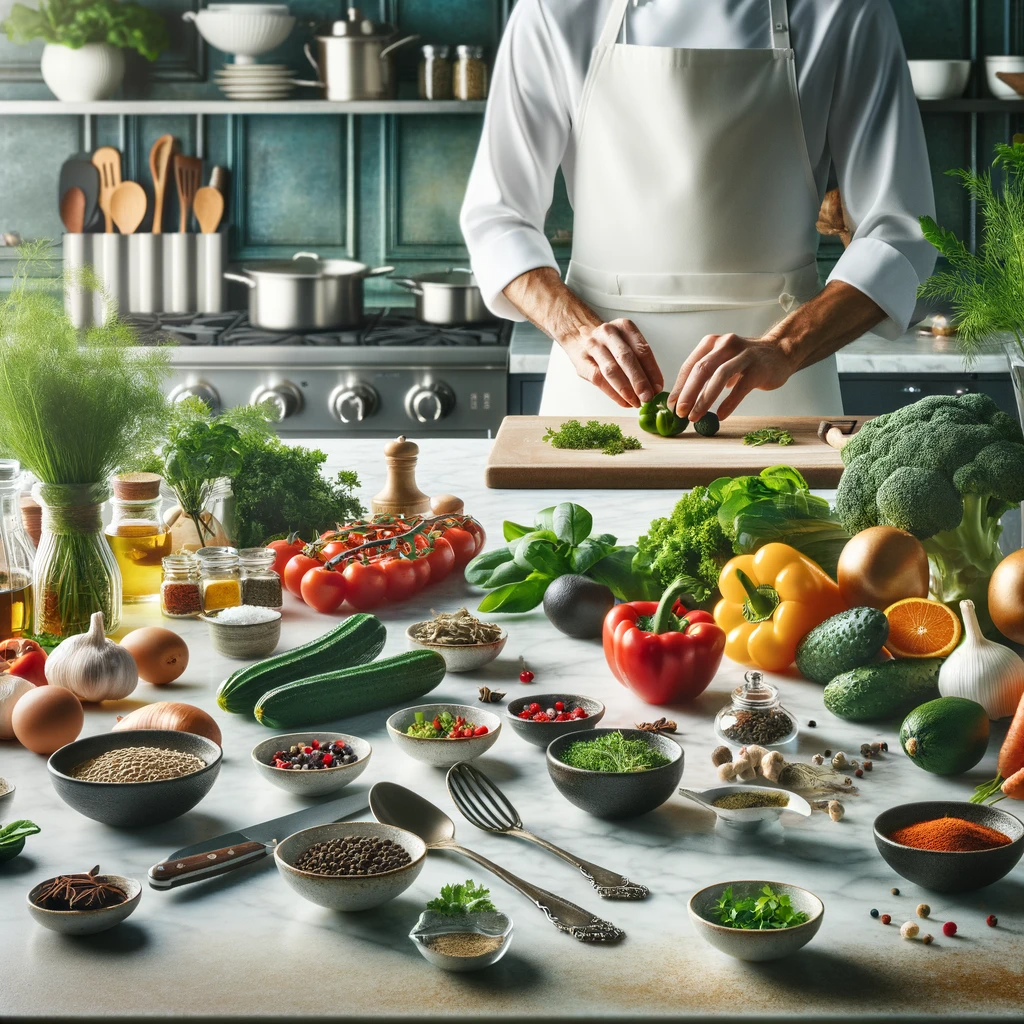Introduction:
When it comes to culinary creativity, one of the most intriguing aspects is the art of pairing ingredients. Combining different flavors, textures, and ingredients can elevate your dishes to a whole new level. Whether you’re a seasoned chef or a passionate home cook, understanding the secrets behind creating harmonious flavors in your dishes can make a world of difference in your culinary adventures. In this article, we will explore some key pointers that will help you master the art of ingredient pairing and create unforgettable, palate-pleasing meals.
- Balance is Key: Achieving harmony in your dishes starts with finding the right balance between contrasting flavors. The basic tastes of sweet, salty, sour, and bitter should be well-distributed in your dish. For instance, if you have a sweet sauce, balance it with a touch of acidity or saltiness to create depth and complexity in the flavor profile.
- Consider Textures: Don’t just focus on taste; think about the textures of your ingredients as well. Pairing crispy with creamy, crunchy with soft, or chewy with tender can add a delightful contrast that keeps your taste buds engaged throughout the meal.
- Complementary Colors: Presentation matters in culinary art, and the colors of your ingredients can significantly impact the overall appeal of your dish. Try to pair ingredients with complementary colors, creating an aesthetically pleasing and appetizing plate.
- Regional and Seasonal Pairings: Embrace ingredients that are in season and locally sourced. These ingredients tend to pair well together as they share a natural affinity. Plus, they often offer the freshest and most vibrant flavors.
- Experiment with Cultural Influences: Different cuisines have unique ingredient combinations that have stood the test of time. Explore various cultural influences in your cooking to discover exciting ingredient pairings. For example, the classic Italian pairing of tomatoes and basil or the Asian fusion of soy sauce and ginger.
- Use Herbs and Spices Wisely: Herbs and spices are like the paint on a culinary canvas. A little goes a long way, so use them judiciously to enhance and complement the flavors of your main ingredients. Experiment with herbs and spices to find combinations that resonate with your taste buds.
- Learn from the Masters: Don’t hesitate to take inspiration from professional chefs and culinary experts. Watch cooking shows, read cookbooks, and follow food blogs for insights into their ingredient pairing techniques. Learning from experienced chefs can elevate your culinary skills.
- Taste as You Go: While cooking, don’t forget to taste your dish as it develops. Adjust the flavors as needed by adding more of a particular ingredient or making subtle changes to the seasoning. Your palate is your best guide to achieving the perfect balance.
- Document Your Discoveries: Keep a culinary journal or digital note of your successful ingredient pairings and experiments. This will help you remember what works well and what doesn’t, allowing you to refine your skills over time.
- Share Your Creations: Finally, share your culinary creations with friends and family. Their feedback can be invaluable in refining your skills and understanding which ingredient pairings are universally loved.
Conclusion
The art of pairing ingredients is a never-ending journey of exploration and creativity in the world of culinary delights. By following these key pointers, you’ll be well on your way to creating dishes that are not only delicious but also visually stunning and unforgettable. So, roll up your sleeves, step into the kitchen, and let your creativity flow as you master the art of ingredient pairing. Your taste buds and those of your loved ones will thank you for it. Happy cooking!
